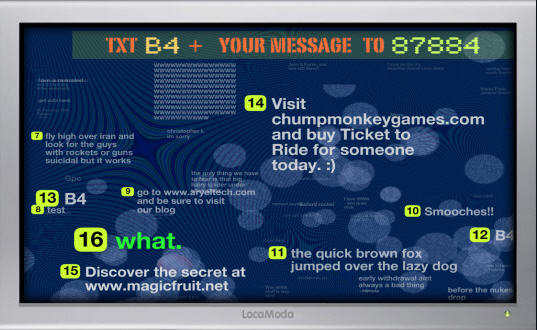iVillage, once the very example of websites dedicated to women, is now a perfect example of Web 1.0 thinking. Originally built around message boards, the site limits the amount of user input and customization. While the technology can easily be modified, can the administrative thinking behind the site change? can it go from a site with highly managed content to a free-wheeling customer content driven site?
NBC bought iVillage in March, Bob Wright, NBC President, recently announced that they plan to make iVillage the foundational pattern for NBCs digital efforts. Bambi Francisco of MarketWatch offers a wonderful comparison and analysis of MySpace vs iVillage and the challenges ahead for NBC.
MySpace is as close to a democratic virtual world as you can get on the Web, as its own liberating culture and subcultures allow for new talent to rise from the virtual pool of wannabes. To wit: MySpace recently struck a deal with SNOCAP so that the 3 million bands on MySpace can sell their music to their fans directly.
Ten-year-old iVillage, on the other hand, is a first-generation Internet community site, built on an earlier top-down model of what community meant to those of us who were around back in the old days of the Web — message boards. IVillage has 1,000 message boards. But they are so limiting that the only way to demonstrate self-expression, besides writing in all caps and using expletives, is to upload a photo. Additionally, iVillage is a place where news is delivered to you; where editors rule the roost; where the audience learns and takes more than they give, and where the bulk of the content is polished and scrubbed. It’s almost too perfectly maintained compared to the anarchy, mess and grunge of MySpace.
The differences remind me of my walk through the Sausalito, Calif. Art Festival a couple weeks ago. As I made my way through the very clean, organized and civil art show, I couldn’t help but think of my friends who were — at that same time — attending the raucous, eclectic and countercultural art festival called Burning Man. The two environments couldn’t be more different. One liberates our individuality, like MySpace. The other quietly asks us to conform, like iVillage.
Link.
